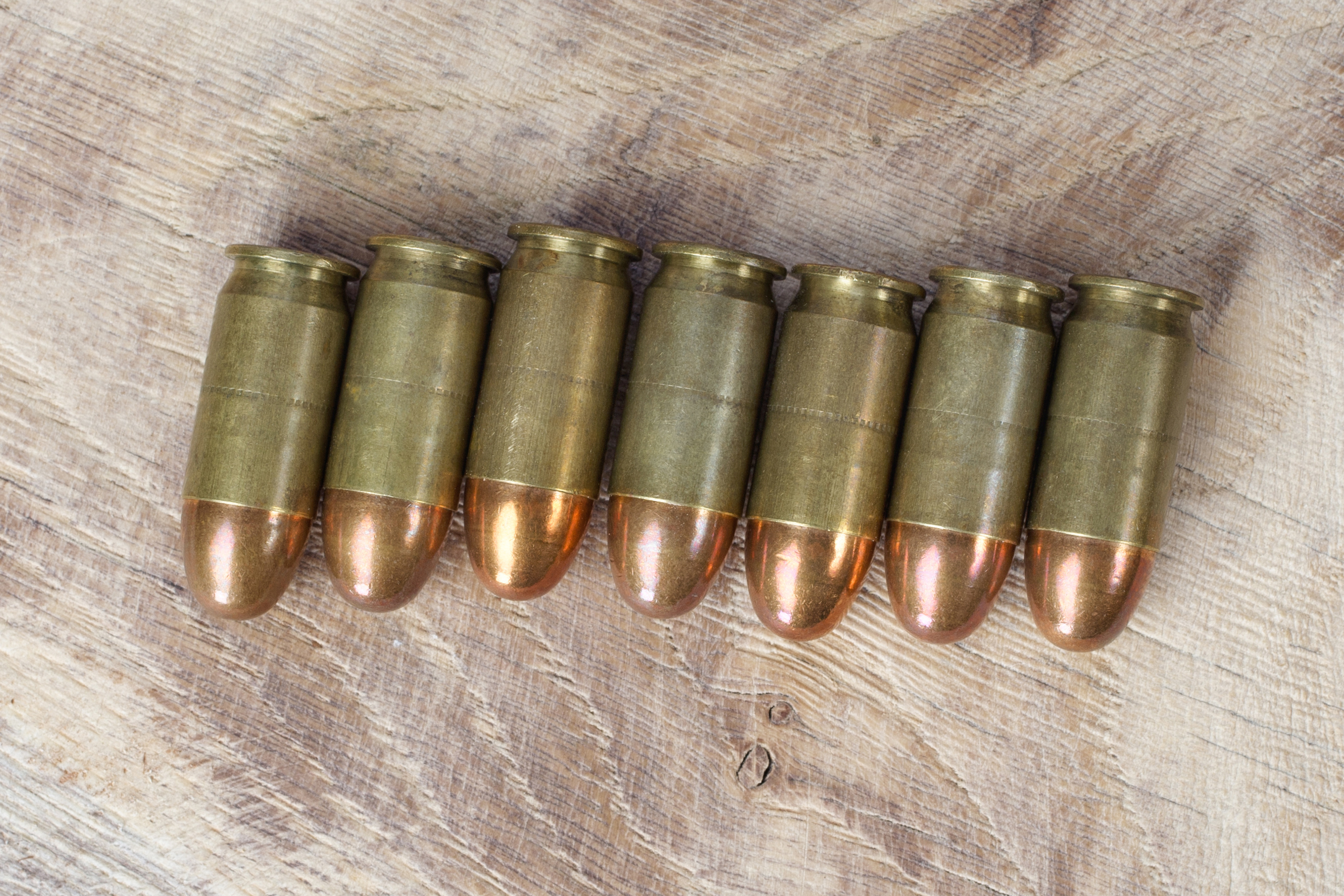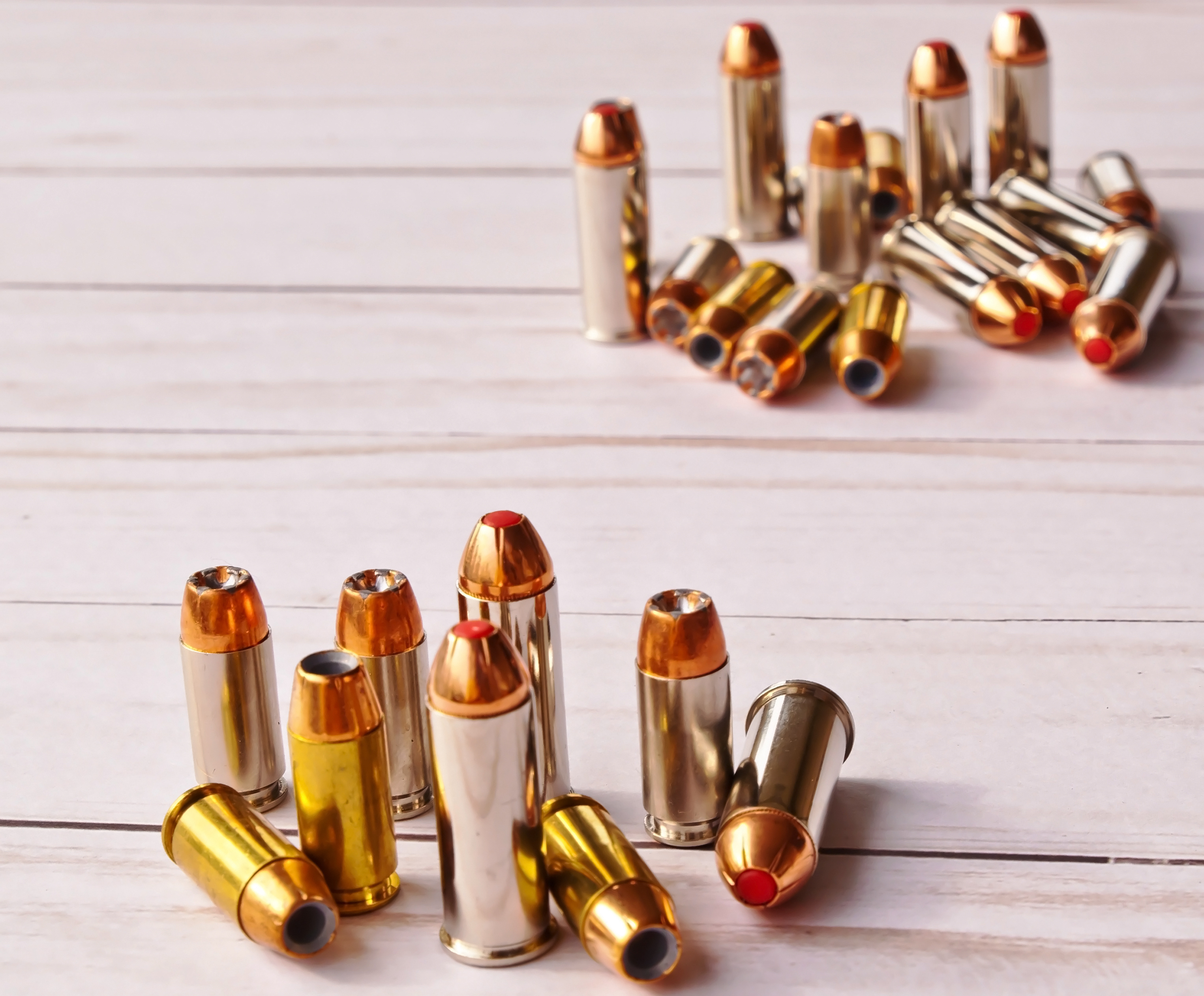
Ammunition has changed quite a bit throughout the years, but sometimes the names stick! Military ammo is sometimes called “ball” but what does that mean and where did it come from?
Military ammo is called “ball” because back when rifles shot the same round ball bullets, it was considered the standard. It was the standard form of ammo because most muskets and rifles could use the same size. Ball ammo was used for the transition between smooth-bore muskets to rifle-muskets.
However, “ball” ammo today doesn’t just mean that it’s round. It’s ammunition that is available to anyone and is usually a bullet that has a body and a round nose.
What Does “Ball” Mean?
“Ball” ammunition is the standard of ammunition for a gun that uses it. Ball is sometimes interchangeable between guns, but may not be the standard for all. “Ball” ammo was the first type of round that was created after gunpowder. It was commonly called “ball” because of the differentiation against the powder. “Ball” ammo is also mass-produced which makes it cheaper than most other brands and thus, easier to get ahold of.
It was a nickname given because of the distinction between round ammunition and powder ammunition in muskets and rifles. It’s basically known for being round.
“Ball” just means a plain bullet instead of being a tracer, incendiary, armor-piercing, or other types of bullets. It’s just that, a round bullet of ammunition that is more universally known. The nickname is often used in the military because it’s been a part of the jargon since it came to popularity in the 1800s.
Advantages And Disadvantages Of “Ball”
One of the advantages of ball ammo is that it is much cheaper. It can be bought in bulk, and can subsequently be stored for extended periods of time because it isn’t corrosive. It is fairly accurate because of the curvature of it. There aren’t usually very many malfunctions when it comes to shooting off multiple rounds of this ammo.
Bullets are known to get dents and dings when leaving the chamber, but spherical rounds have less of a chance of getting dinged before leaving the gun. They are great for practicing on targets and learning how to shoot accurately.
One of the benefits for military personnel when shooting enemy targets in the field is that ball ammunition hits harder when it’s shot from long distances. It goes straight through objects on impact and moves on to other things. There isn’t as much panic when shooting ball ammo at enemy territory because hitting other objects isn’t as big of a concern.
Because it comes in bulk and is cheap, the military has an immense amount because it can be stored and used for long periods of time.
The downsides to this ammo are that when the ammo hits a target, they usually go straight through and have a higher chance of hitting other things once exiting. Ricochet is a danger that comes with every type of ammo though, and this is only a big problem when shooting in enclosed spaces.
Ball ammo is not as popular for hunting big game or home defense because of these reasons. When hunting, it can also be troublesome if the game doesn’t die from one shot because of the swiftness of the bullet passing through.
Difference Between “Ball” And FMJ

The major difference between “ball” ammo and FMJ is that FMJ (Full Metal Jacket) is usually covered in another layer of metal. In today’s military, they both refer to the same thing. The reason is that military ammo has a nose and body that are covered in gilding-metal. Ball ammo just has one type, whereas FMJ has a body and is covered in another layer.
They’re both accurate when it comes to shooting, but FMJ is more widely known because most ammo comes with another layer on top, and has a body and nose for accuracy.
“Ball” ammo is commonly known as the “hardball” because of its ability to shoot straight through one object and move on to other enemy objects down the line. The military does use both forms of bullets, but “ball” is used because of its impact and damage, as well as having mass amounts of it.
History Of “Ball” Ammo
There needed to be a clear distinction between “ball” ammo and powder ammo when rifles were being invented alongside muskets, and that is where “ball” ammo originally got its nickname. There were only two different types of ammo during this time period and throughout the developments of the first muskets and rifles.
The early rifles took the same type of round ammunition when different kinds of rifles were in production.
During the French Connection, in 1849, the creation of a small, cylindrical ball became the standard of ammunition used because of the accuracy. The reason for creating a smaller ball was the hope that it would take less time to load when in direct combat. The reason for having ball ammunition was to ignite the fire behind it to push it further than regular gun powder. They wanted to be able to shoot from farther away than being in close combat.
Once FMJ ammunition was invented, ball ammo wasn’t as widely used with civilians because of the probability of causing more damage to other objects or people with the likelihood of losing trajectory. The first FMJ bullet had a thin layer of copper added to it in 1882. FMJ bullets became stronger and had a more accurate directory when being fired.
Wind could more easily throw off the trajectory of “ball” ammunition because of its round surface. FMJ had a nose that was able to pierce through the wind and be more accurate over long distances.
Today, “ball” ammo, or FMJ, is more widely used for target practice with civilians but is still used in the military because of the mass production, cheap, and still has the accuracy and is powerful when hitting its target.
When the military uses ammo it is jostled around when shipped, stored in both cold and hot temperatures, put in the dirt, and handled by many people before being fired. It’s a durable bullet that is incredibly popular and is widely known and used throughout the world.